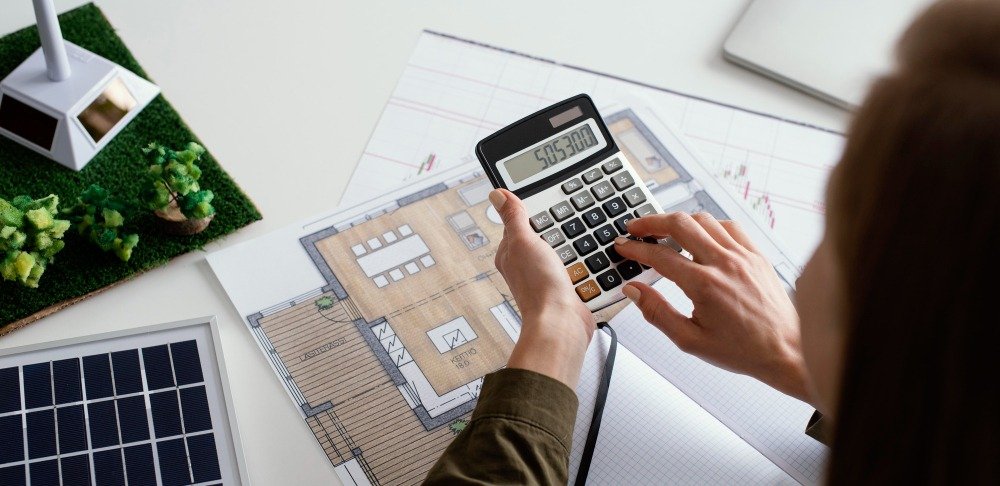Considering solar energy for your home or business in the Philippines? Understanding the cost of solar panel installation is crucial before making the switch. Various factors influence the overall price, and knowing what to expect will help you plan your investment wisely.
Factors Affecting the Cost of Solar Panel Installation
Size of the Solar Power System
One of the key factors influencing the overall expense of installing solar panels is the size of the system required. Larger solar setups demand more panels, additional wiring, and greater labor, all of which contribute to an increased initial investment. In the Philippines, residential solar systems typically range from 3kW to 10kW in capacity.
The cost per watt for these systems usually falls between PHP50 and PHP70. As a result, a 5kW solar system—commonly suitable for average households—can cost anywhere from PHP250,000 to PHP350,000 before any applicable discounts or government incentives are taken into account.
Location and Roof Accessibility
Your property’s location and the condition of your roof significantly impact the installation costs of a solar system. Roofs that are difficult to access or have complex designs require more time and effort, resulting in higher labor charges. Additionally, in certain areas of the Philippines, environmental factors such as frequent typhoons necessitate the use of specialized, more durable mounting equipment to ensure safety and system longevity.
This specialized equipment tends to be more expensive, which can increase overall installation costs. Thus, both the physical attributes of your roof and local weather conditions play important roles in determining the final installation expenses.
Type and Quality of Solar Panels
Choosing the right type of solar panel significantly affects both the system’s performance and cost. Monocrystalline panels are known for their higher efficiency, producing more power from limited space, but they come at a higher price compared to polycrystalline panels.
On the other hand, polycrystalline panels are more affordable but slightly less efficient. Additionally, investing in high-quality inverters is crucial since they convert the solar energy into usable electricity. Although these inverters add to the overall cost, they enhance the reliability and lifespan of the solar system, making them a valuable component for long-term savings and performance.
Labor and Installation Expenses
Installation charges for solar systems in the Philippines vary based on the complexity of the roof and electrical setup. Labor typically constitutes about 10% to 20% of the total installation cost. Complex roof designs or difficult access can increase the time and effort required, leading to higher charges.
Additionally, if your property requires electrical upgrades, such as rewiring or panel replacements, or structural reinforcements to safely support the solar panels, these will incur extra costs. Therefore, installation expenses depend not only on labor but also on any necessary modifications to your property’s infrastructure to accommodate the solar system.
Government Incentives and Financing Options
The Philippine government supports renewable energy through initiatives like the Renewable Energy Act and net metering policies. These incentives help reduce the overall cost of installing solar systems by allowing homeowners to sell excess electricity back to the grid, effectively lowering their energy bills.
Additionally, local financing options, such as low-interest loans and solar leases, make solar power more accessible by spreading out payments and reducing upfront costs. Together, these government programs and financial solutions encourage more people to adopt solar energy, making it a more affordable and attractive choice for households across the Philippines.
Key Takeaway
The cost of solar panel installation in the Philippines depends on several key factors. These include the size of the system and your power needs, as well as how accessible your roof is and your location. The quality of solar panels and inverters you select also affects the price. Additionally, installation complexity and labor costs play a role. Lastly, government incentives and financing options can lower your overall expenses. Understanding these elements will help you accurately estimate costs and benefits, allowing you to maximize the value of your solar energy investment.












































